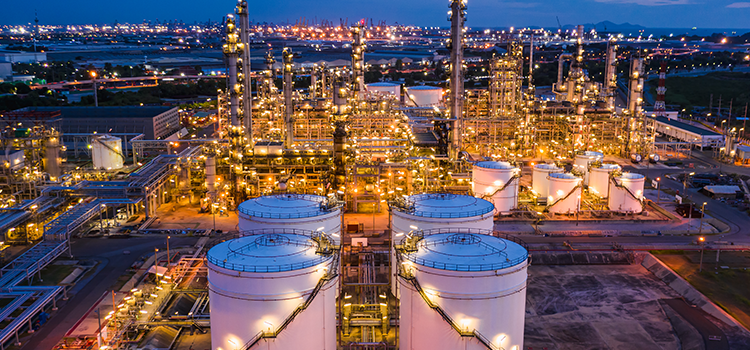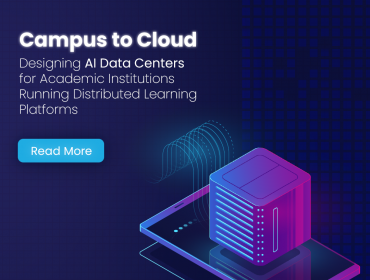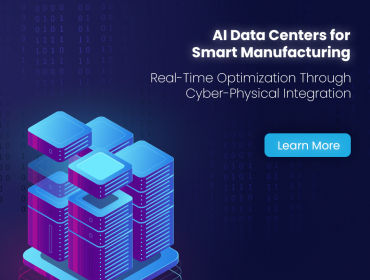Oil and gas companies are constantly facing several industryspecific challenges. There is a lack of clarity in difficult operational processes, challenges in performance evaluation, life cycle management of equipment, logistics arrangement, reservoir management and maintaining environmental regulations. Big data solutions assist in simplifying key oil and gas operations, such as exploration, drilling, production and delivery, in the three sectors – upstream, midstream and downstream.
- Upstream sector: Having automated the well development and monitoring processes for the customers in the oil and gas industry and drawing on overall experience in building and implementing big data solutions, they can be applied to upstream sector to below listed operations:
a) Manage seismic data: The upstream analytics begins with the acquisition of seismic data taken by the sensors, across a potential area of interest in search of petroleum sources. Once the data is accumulated, it is processed and analyzed to determine a location for drilling. Seismic data can further be combined with other data sets to determine the amount of oil and gas in oil reservoirs.
b) Optimize drilling processes: One way to optimize drilling processes is to customize predictive models that forecast potential equipment failures. Initially, the sensors are installed on the equipment to collect data during drilling operations. This data, together with the equipment data such as model, operational settings, etc is run through machine learning algorithms to identify usage patterns that are likely to end in breakdowns.
c) Improve reservoir engineering: The variety of sensors such as temperature sensors, pressure sensors can gather data needed for companies to improve reservoir production. Companies can use big data solutions to create reservoir management applications that provide timely and actionable information about changes in reservoir pressure, temperature, flow, and audibility, allowing them to gain a better understanding and control of their operations and drive reservoir performance and profitability.
- Midstream sector: Logistics in the petroleum and gas industry is extremely complex and the major concern is to transport oil and gas with minimal possible risk. Companies utilize sensor analytics to ensure the safe logistics of their energy product. Predictive maintenance software analyzes sensor data from pipelines and tankers to detect abnormalities to prevent any mishaps.
- Downstream sector: Oil and gas enterprises can deploy big data predictive analytics to reduce downtimes and maintenance costs of the refining equipment, thus improving asset management. As a first step, the performance of the equipment is analyzed by comparing its historical and current operating data. Based on the device’s endoflife criteria and failure conditions, the performance prediction is tuned further. Finally, in the end, the maintenance specialists check the estimated equipment performance so that they can make sure as to replace the asset or not. Uses of Big Data solutions in Reservoir Production:
According to Mckinsey, the oil and gas companies that systematically pursue productivity improvements in their reservoirs in existing wells, new wells, and throughout their operations can achieve meaningful gains. The reason a lot of companies fail is they rely on existing practices overlooking other options to increase productivity. Big Data Solutions shall augment the chance for these companies to effectively streamline the reservoir productivity, evaluation of full asset potential. For example, productivity programs frequently undertake a set number of good interventions each year.
Combining the Big Data potential to AI and Machine Learning can help in reducing the spillage issue that the reservoirs face. It can effectively predict the capacity, cost-effectiveness and prompt warning signals to the operators. This will help the oil and gas companies to minimize any risks that can potentially be lethal.
Big Data Analytics on the other hand can be used to identify potential wells and resources when combined with Artificial Intelligence. This will reduce the expenditure and burden on the teams exploring oil fields and will increase accuracy with minimal damage.
Lastly, the data analytics can help the company to ascertain the production demand and regulate the demand and supply conundrum to avoid any gap in demand and supply of the product.
To conclude, one needs to unleash the big data potential in this sector. Once the giants of the industry embrace and use this technology it will be easier for others to implement it further. Companies use big data analytics to turn massive datasets into informed oil and gas exploration decisions, cheaper operational costs, longer equipment lifespans, and less environmental impact.
Tyrone offers a range of High-performance Computing (HPC) solutions, developed using leading industry-standard building blocks and best-in-class partner products, which can deliver exceptional performance and manageability at a fraction of the cost of competing solutions. We offer a wide choice of systems and interconnects so you can choose the solution that best suits your requirements and scales as your computing needs grow.
Get in touch: info@tyronesystems.com












